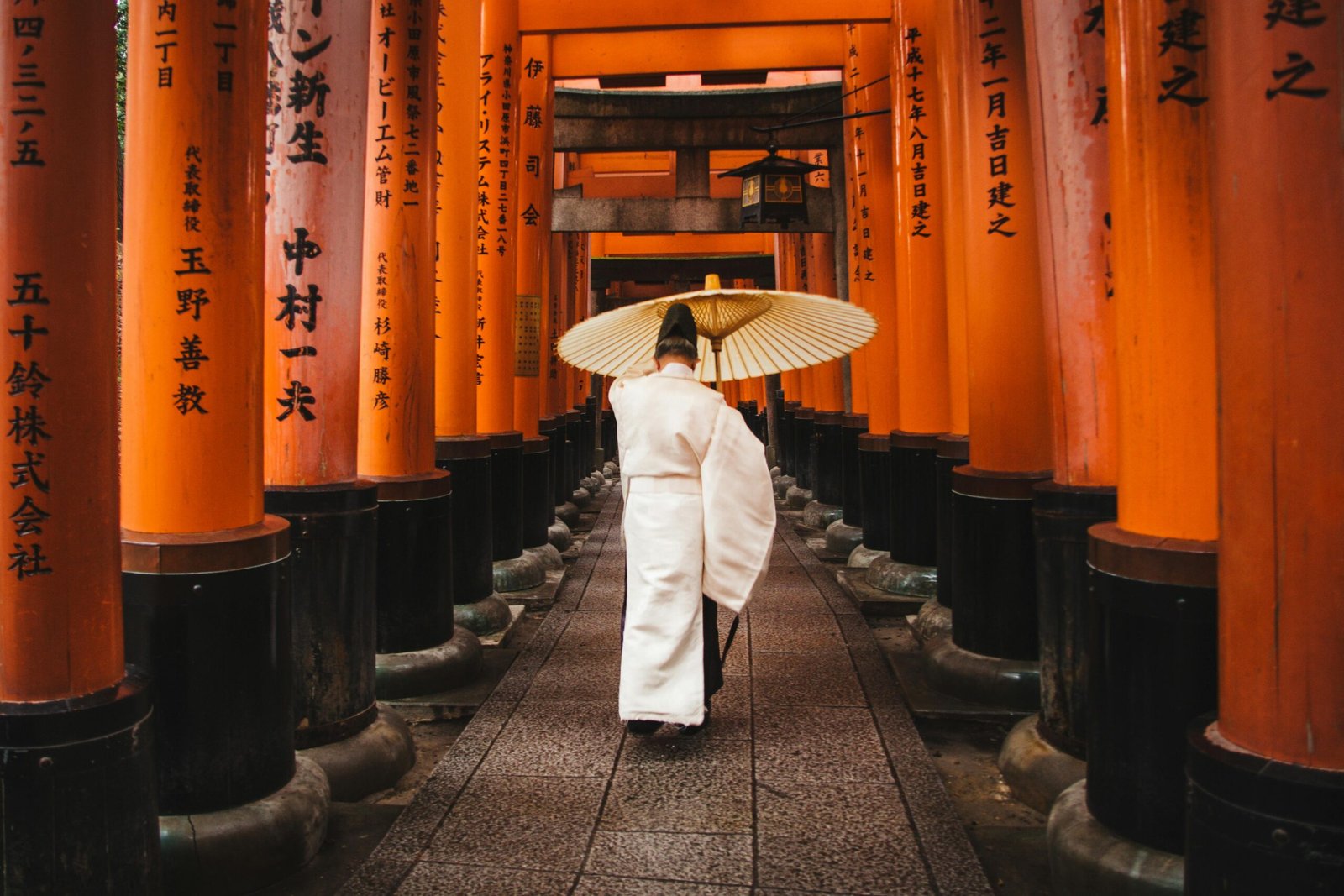In recent years, Japan has faced the growing challenge of overtourism, particularly in its most iconic locations such as Kyoto and Mt. Fuji. As the number of international visitors surged, so did the negative impacts on local communities and environments. In response, the Japanese government and local authorities are implementing a series of visitor restrictions and innovative strategies aimed at preserving the cultural integrity and natural beauty of these treasured sites. This article explores how Japan is combating overtourism through new regulations, enhanced transport solutions, and sustainable tourism practices.

Key Takeaways
- Japan is enforcing visitor restrictions at popular sites to combat overtourism and its negative effects.
- New measures like fees, capacity limits, and increased taxes are being introduced to promote sustainable travel.
- Tour groups will be most impacted by restrictions, while independent travelers can benefit from strategic planning.
Visitor Restrictions at Iconic Sites
Japan is taking significant strides to address the challenges posed by overtourism, particularly at its iconic sites like Kyoto and Mt. Fuji. With the rise of antisocial behaviors, such as tourists harassing geisha in the historic Gion district, authorities have enacted visitor restrictions to safeguard both cultural heritage and the visitor experience. In Kyoto, access to certain private streets within Gion is now restricted, allowing for a more respectful environment for local traditions. Similarly, at Mt. Fuji, measures such as fee implementation and capacity limits aim to mitigate overcrowding, enhance visitor safety, and protect the delicate environment.
In an effort to further streamline visitor traffic, local authorities are also considering the introduction of express bus routes, providing efficient transport options that can alleviate congestion on public transport systems. Moreover, plans are underway to adjust entrance fees at popular sites and increase tourist taxes, which remain relatively low compared to other major global destinations. For instance, Kyoto employs a tiered visitor tax structure based on hotel rates, while Hatsukaichi has introduced a small fee to contribute to the maintenance of its UNESCO World Heritage status.
These capacity measures could soon extend to other major attractions, resembling existing policies at places like the Ghibli Museum or during peak travel times on specific Shinkansen routes. This proactive approach aims not only to control large tour groups—often responsible for significant crowd-related disruptions—but also to encourage independent travelers to be mindful of their visit timings. By facilitating a more balanced flow of visitors, Japan is taking crucial steps toward preserving its invaluable cultural sites for future generations.
New Measures to Enhance Sustainable Tourism
These newly implemented measures reflect Japan’s commitment to sustainable tourism, ensuring that natural and cultural sites remain accessible while protecting their integrity. The anticipated success of Kyoto’s express bus routes is expected to enhance trip efficiency, minimizing the strain on public transportation typically experienced during peak tourist seasons. Furthermore, the proposed increases in entrance fees and tourist taxes will not only help to fund preservation efforts but also potentially deter the influx of visitors who might contribute to overcrowding. The tiered tax structure allows for a more equitable approach, placing a fairer financial responsibility on those who can afford to pay more for their travel experiences. As these policies roll out, both group and individual travelers will need to remain informed and adaptable, allowing them to enjoy their experiences with an understanding of the broader commitment to preserving Japan’s cultural heritage.




